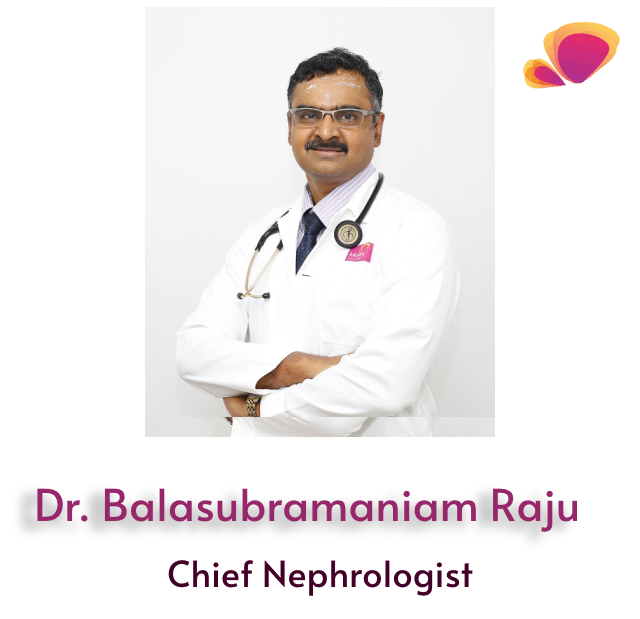Message from Team IMA Chennai Kauvery Alwarpet Branch
 Dear colleagues
Dear colleagues
Greetings and best wishes from IMA Chennai Kauvery Branch.
At last there is light at the end of tunnel with the second wave of Covid waning and the vaccinated people not suffering much. I request all our members to educate their dear and near and their patients about the benefits of vaccination.
Long live IMA.
Yours in IMA service,
Dr. S. Sivaram Kannan
President
 IMA is bringing out another power packed issue with interesting and thought provoking articles.
IMA is bringing out another power packed issue with interesting and thought provoking articles.
Vaccination drive needs to get more dynamic and we need more people going for it.
Spread positive message on vaccination for a better tomorrow.
Long live IMA.
Yours in IMA service,
Dr. Bhuvaneshwari Rajendran
Secretary
 Dear friends
Dear friends
I am happy to present this month edition of our IMA JOURNAL.
We have another set of interesting clinical situations in our hospital that were scientifically managed. We are happy to share this with you all.
My sincere thanks to our colleagues and post graduate students for their active contributions.
Long live IMA.
With best regards,
Dr. R. Balasubramaniyam
Editor

A brief review in the evolution of surgical treatment for breast cancer
The diagnosis and management of breast cancer has significantly changed over the last few decades and has moved towards a more conservative approach, especially in terms of the surgical treatment. For about 80 years, radical mastectomy introduced and described by Halstead was the gold standard for surgical treatment of breast cancer, irrespective of the size or type[1]. This was modified by David H Patey, to spare the pectoralis muscle and proceed with a modified radical mastectomy (MRM)[2]. MRM was being widely practiced through the 1960s and 1970s for all sizes of breast tumours until breast-conserving surgery (BCS) proved to be equally oncologically safe to MRM in relatively small breast tumours[3]. BCS was first described by Sir Geoffrey Keynes at St. Bartholomew Hospital in London in 1924 [4]. Following that, the National Surgical Adjuvant Breast and Bowel Project (NSABP) and Milan trials were instrumental in introducing the concept of BCS for early breast cancers (EBC) while looking at the safety and feasibility of BCS…

Regional anaesthesia in COVID-19: a safer and more sensible choice!
The coronavirus disease (COVID-19) has posed challenges to healthcare systems globally and will do so for even years. The disease’s risk for both patients and healthcare workers has transformed medical practice. However, anesthesiologists are given the chance to provide the safest type of anesthesia to the patients, simultaneously safeguarding themselves and other OT staff from being susceptible to the virus.
Many studies have shown decreased incidence of intra and postoperative complications in COVID patients undergoing surgery under regional anesthesia and reduced transmission of the disease to the theatre personnel…

Severe renal failure in an elderly woman
Mrs.NJ, a 65-year-old patient with diabetes and hypertension with IHD was brought to the ER in a drowsy state. She was hemodynamically stable, looked mildly dehydrated, and had no focal neurological deficits. There was no history of fever, convulsions, and head injury, and her investigations revealed that she was in severe renal failure – urea 290 mg% creatinine was 9 mg%, and her CBC, liver functions were normal. Her kidney size was normal on ultra-sonogram, and there was no gross proteinuria or microscopic hematuria on urine analysis. Her renal functions were normal 2 months before during a routine check-up.
This history and evaluation were suggestive of severe acute renal failure, the reason for which needed evaluation. She was taken on dialysis that improved her consciousness…

COVID-19 and neurological complications-A brief review
The novel coronavirus (COVID-19) infection caused by SARS -COV-2, which originated from the Wuhan city, China ,in December 2019, soon spread across to the other continents, and World Health Organization (WHO) declared it a pandemic on 11 March 2020
This virus causes primarily a respiratory illness, and there is emerging data on the pathogenesis and treatment protocols. However, there is also increasing evidence for various neurological complications associated with this infection. Common neurological problems include anosmia, which seems to be the heralding feature in many patients with COVID- 19 infection, headaches, dizziness, seizures, and altered mental status…

Diagnostic dilemma of a complex case
Case presentation:
A 75-year old lady came with c/o shortness of breath NYHA grade IV sudden onset since 12hrs, associated with reduced urine output since 1 day.
C/o generalized fatigue and tiredness since 3 days
No H/o fever, vomiting, loose stools, nausea, abdominal pain, cough, chest pain, palpitation, sweating, and altered sensorium…

Amidst covid….an old friend…!!!
Case presentation:
A 70- year-old gentleman is known to have the following conditions:
- systemic hypertension
- type 2 diabetic mellitus
- coronary artery disease
- history of pulmonary TB – completed 2 years back
- h/o ca stomach – underwent surgical intervention (2014)
The patient was apparently normal 10 days back, following which he started developing shortness of breath grade 2 (NYHA) initially, which gradually progressed to grade iv one day before we saw him (19-5-2021)…


